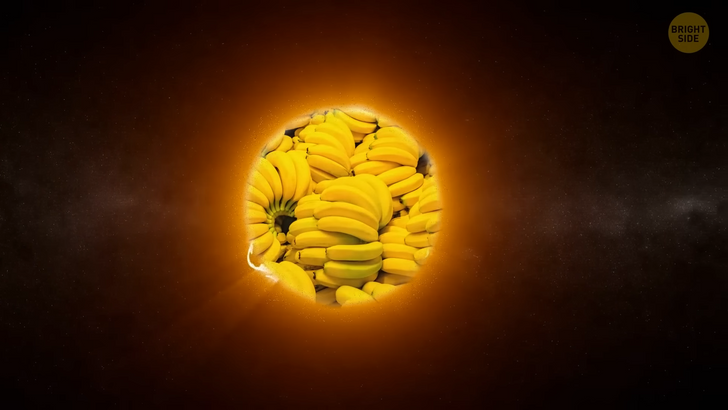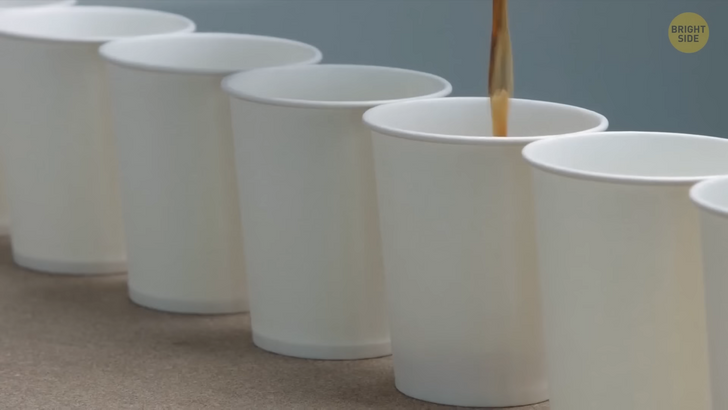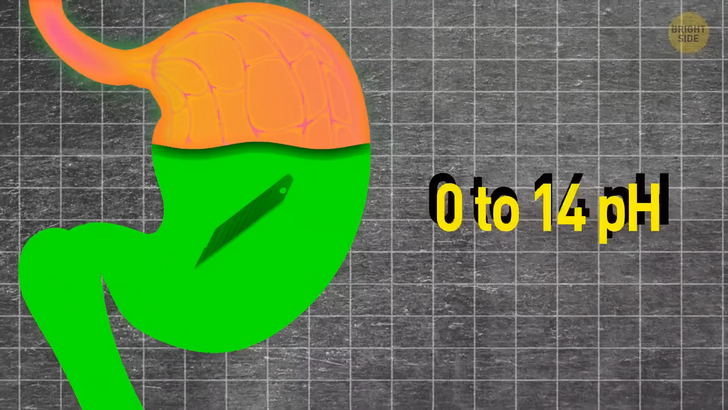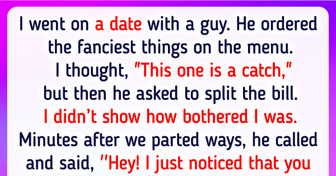My Daughter Is Calling Her Stepmom "Mom" Instead of Me

Even if our Sun was completely made of bananas, it would still be insanely hot, just like it is right now. But it would have more “appeal”. Ha.

The Sun is boiling hot because of its large weight. Its billions and billions of tons create powerful gravity and put enormous pressure on the star’s core. This pressure raises the temperature — similar to a bicycle pump that gets warm when you pump the tires. Great pressure leads to high temperatures. Imagine having a billion tons of bananas hanging in space — instead of hydrogen, the element our Sun is mostly made of.
There would be as much pressure, which means the temperature would be just as high. The main difference here — as well as the reason we don’t have a banana Sun — is that without hydrogen, the Sun wouldn’t be able to fuel itself. A banana Sun would cool down pretty fast, and it wouldn’t be able to burn for billions of years.

Sandcastles hold together because of the surface tension between water molecules and molecules of sand. Water creates tiny grain-to-grain bridges so that damp sand can stick together, and your castle can stand on its own. Surface tension is also the reason you can see certain insects walk on the surface of a pond. It also acts like rubber bands between tiny grains of sand. When you add water to damp sand, you actually fill spaces between those grains.
The faster your body moves, the heavier it gets. At first, this sounds as if you gain extra weight if you run very fast. But don’t worry, it’s only a small amount, and it happens momentarily — and only if you move almost as fast as the speed of light. Raise your hand? Anybody? Okay.
The speed of light is the limit of the Universe. If you move so fast it’s close to the speed of light, and then you give it an extra push, you still won’t be able to run faster. But you’ve already given that extra energy, and it has to end up somewhere. So it goes into mass — because, according to the theory of relativity, energy can be converted into mass.

There are probably over 100 billion galaxies in the cosmos. Each of them has up to trillion stars in it. Our Sun seems big to us, but in terms of the Universe, it’s a tiny, feeble star. We can say there’s a lot of visible matter out there in space. But it’s still less than 5 percent of its total mass. The rest is dark matter and dark energy.
Dark matter makes up the majority of the mass of galaxy clusters and galaxies. There are no instruments that can help us see it. But astronomers believe it’s there because of strong gravitational effects that impact the way galaxies are organized. Dark matter could also be the reason scientists sometimes see interesting optical illusions in the deep Universe.
For instance, images of galaxies with unusual rings or arcs of light. Maybe it’s the light from faraway galaxies that reaches us. But at the same time, there could be large, invisible clouds of dark matter that distort it. No one knows for sure what dark matter is — and dark energy is even harder to explain. But scientists think this could be the very force that makes the Universe expand.

The same temperature doesn’t always feel the same in different surroundings. When you check the temperature, the number you see may be objective, but how you sense it is definitely not. In most of the United States, the temperature of almost 90˚F is hot. But in the south, it might be a day of sweet relief, a chance to go enjoy a family picnic. At the same time, headlines can be warning about “extreme temperatures of 88˚F across the UK.”
How you feel when you open your door and go outside is both a matter of culture and science. Of course, where you live influences how comfortable you’re going to feel at certain temperatures. That’s the surroundings your body is adjusted to. Plus, there’s this additional info on your weather app — sometimes called “real feel.”
In the United States, for example, people can check the heat index. It measures the difference between the real temperature and the perceived one. The heat index analyzes humidity and air temperature. It tells you that 88˚F with 40 percent humidity actually feels like 88˚degrees. But the same temperature with 90 percent humidity will feel like 113˚F — which won’t make you feel as comfortable as in the first case.

You must admit it feels somewhat wrong when you drink tea out of a plastic cup. You may think it’s because the hot liquid somehow dissolves the plastic, but not really. The taste you perceive is not just a quirk of your taste buds. It’s the result of the common work of your different senses. Crisps will feel crunchier when you can hear the sounds of higher frequencies you produce when you crunch them.
Studies have also shown that cheesecake tastes better and sweeter when it’s served on a white plate compared to when it’s served on a black one. We are conditioned to expect tea to be served in a ceramic cup. When we drink it from a plastic cup, we subconsciously expect vending machine tea that’s not going to taste that good.
In certain conditions, some things can travel faster than light since the light doesn’t always hit its full speed. To be more precise — the speed of light in a vacuum doesn’t change — it’s nearly 186,000 miles/sec. But it’s not like light always travels through a vacuum. For instance, in water, photons — which are tiny particles of light — travel at only ¾ of the speed of light.
In nuclear reactors, certain particles can reach very high speeds. If they’re going through an insulating medium that slows the light down, they can move faster than the light that surrounds them. This creates a blue glow. That’s why underwater cores of nuclear reactors can glow in the dark.

How come a candle releases smoke only after you extinguish it? Smoke is actually a bunch of unburned particles of carbon that get released when candle wax breaks down. When the candle is burning, most of the carbon turns into carbon dioxide. But some of it gets away. You can test it yourself.
Put a plate above a candle flame and hold it there. The carbon will accumulate as a dark smear. When you extinguish the flame, the glowing wick still has enough heat to break up the molecules of wax. But it’s not enough to burn all the carbon, so you see a trail of smoke until it all cools down.
When you place plastic items in the dishwasher, you can see water droplets stay on them after the washing. Dishwashers work in this way: they spray jets of detergent and water at temperatures that are higher than you’d use when doing the dishes by yourself. When the washing cycle is finished, the water evaporates, and the crockery gets dry. But plastic things cool down faster because this material has a lower density. And water doesn’t have enough time to evaporate.

Human stomach is more capable than you might think. It can even damage razor blades within 24 hours. We rank acids on a scale from 0 to 14. The stronger the acid is, the lower its pH level goes. Our stomach has a very strong pH which is why its acid is mostly ranked from 1.0 to 2.0 — so it can erode razors relatively fast. Just trust us on this one.
If you’re standing on top of the building, time goes faster than when you’re down there at the bottom. It’s something called “gravitational time dilation.” It’s explained in Einstein’s theory of relativity. The theory says that the farther something is from our planet’s surface, the faster time goes. Just as when you’re waiting in a long checkout line in the store, time slows down. Ha.
Objects with larger masses produce a stronger gravitational field. That field is actually a curvature of time and space. The stronger a gravitational force, the more spacetime distorts. This way, time itself flows more slowly.
Of course, when you’re in a strong gravitational field, you feel that your time passes normally. You can see the difference only compared to a weaker gravity where time runs a bit more slowly. This is why it really helps in the store to have an express check out line. That tends to go faster. Just sayin’.











